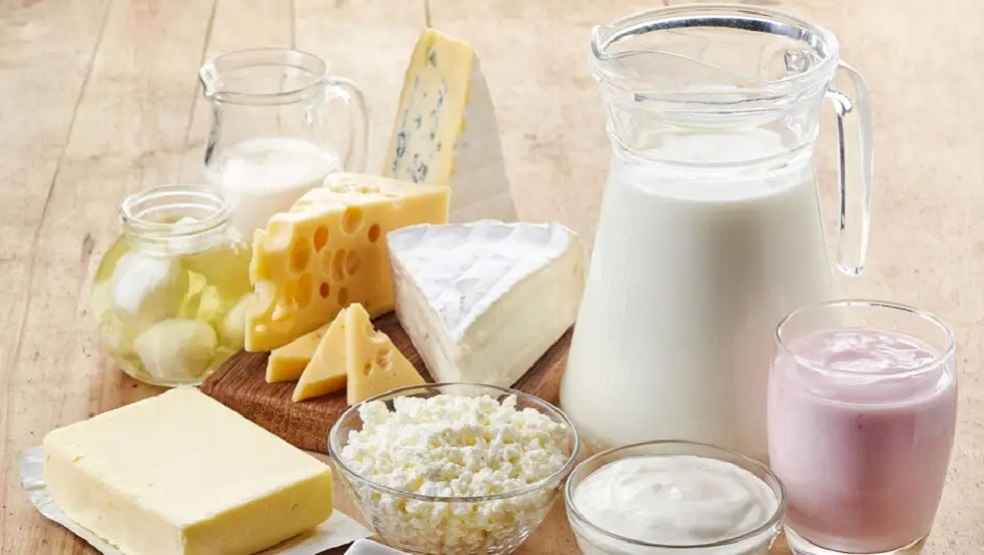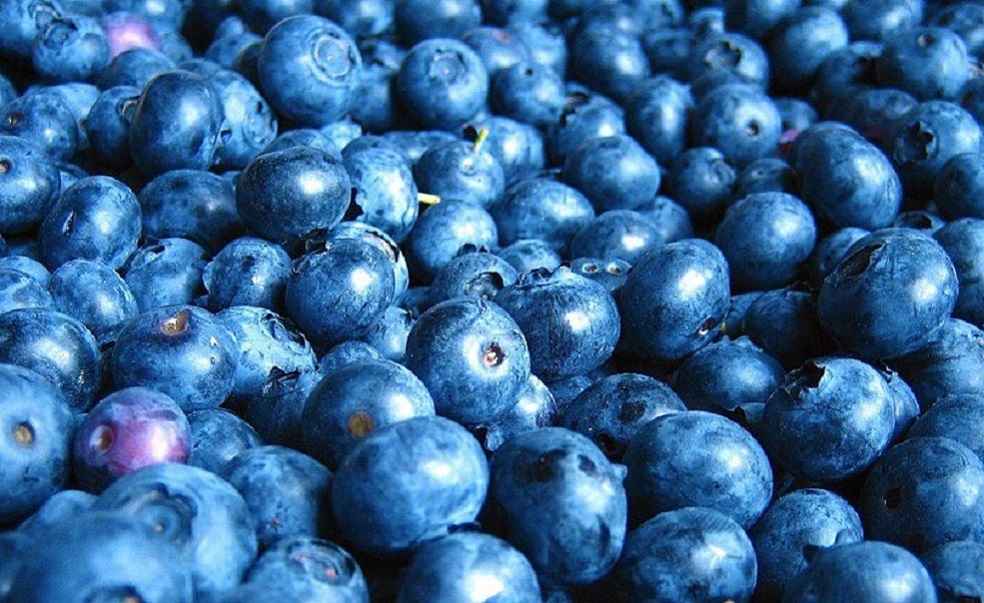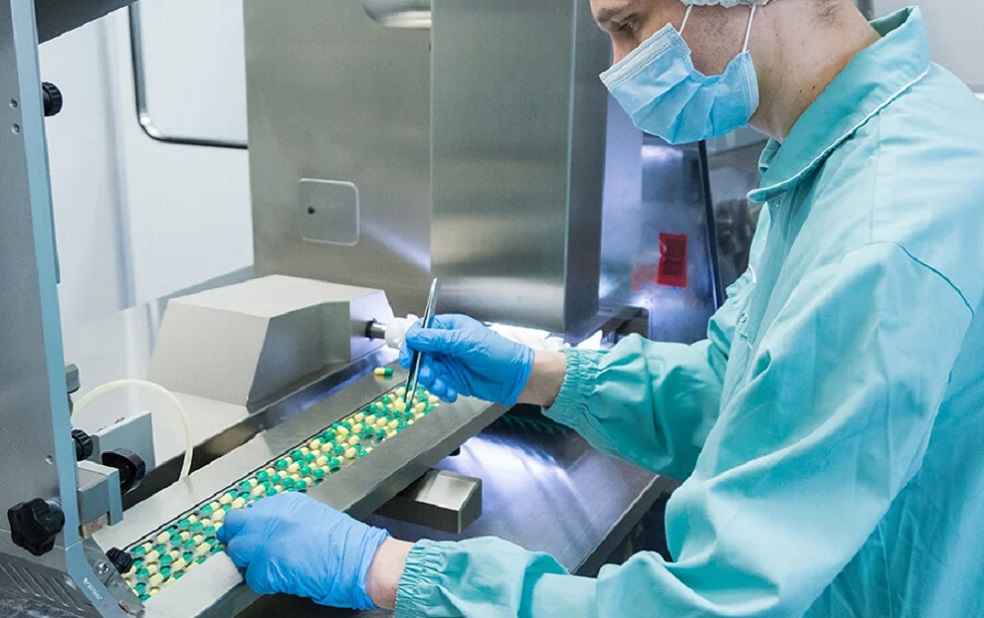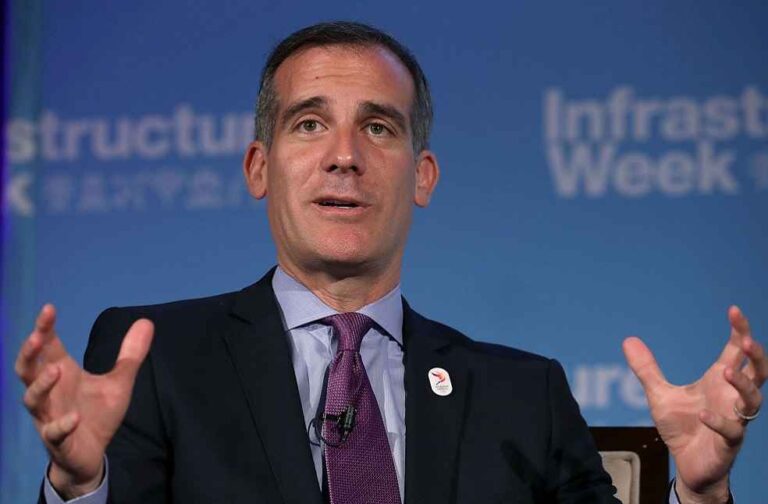Ambassador Eric Garcetti accentuated the imperative of a “more ambitious” partnership between India and the United States, with a focus on agricultural and dairy sectors, during his address at the 20th Indo-US Economic Summit organized by the Indo-American Chamber of Commerce this Tuesday.
Garcetti highlighted the stagnation of productivity within India’s dairy domain, articulating that American enterprises could offer substantial support. This endeavor may entail the export of feed grains from the US to India. Previous dialogues surrounding a trade pact encountered a standstill due to the USA’s insistence on India acquiring its dairy products.
Ambassador Garcetti urged both nations to strive for augmented trade relations, stating, “The goal that we should be setting for each other is how we can be more ambitious. Not just settle for another deal. Not just settle, as we have done in the last few months, for bringing down the retaliatory tariffs and trade disputes between our countries. That’s not good enough.”

Traditionally wary of opening its market to foreign agricultural products given the extensive dependency of its workforce on farming, India’s stance makes Garcetti’s remarks significantly noteworthy. This dialogue unfolds at a juncture where some disputes over tariffs and market access have been amicably resolved between the two nations.
The previous year marked India’s consent to the import of pork and pork products from the US, reciprocated by the facilitation of Indian mango and pomegranate exports to the US. A significant stride was observed earlier this year as India revoked retaliatory tariffs on a gamut of US goods like apples, chickpeas, lentils, almonds, and walnuts.
A recent agreement to diminish the import duty to 5-10 percent on selected fresh and processed food items, as part of a broader dispute settlement at the World Trade Organization (WTO), has been perceived as a positive stride. This new arrangement will witness reduced duties on imports of frozen turkey and duck, alongside blueberries and cranberries.

Highlighting the requisite to minimize “even the smallest of friction between the two countries in terms of trade.” Garcetti advocated further tariff reductions and a more predictable regulatory environment to bolster trade relations.
As of 2022, India stood as the thirteenth largest destination for US agriculture exports, absorbing nearly $200 billion worth of goods, according to the US Department of Agriculture (USDA). Amongst the US agricultural exports to India, almonds constituted almost half, trailed by cotton and ethanol.
The agrarian exchange extends to the US becoming a substantial market for Indian food products, with discussions underway to streamline food approvals by aligning standards between both nations. Robert M. Califf, the United States Food and Drug Administration (USFDA) commissioner, led a delegation to India last week for this purpose.

With over 665 USFDA-approved pharmaceutical plants, India emerges as a pivotal partner outside the US. Ambassador Garcetti’s call for a more ambitious Indo-US trade relationship not only underscores the existing trade potential but also nudges towards an enriched economic collaboration capable of navigating through erstwhile trade barriers.
LATEST NEWS | India and US Settle Final World Trade Organization Dispute



